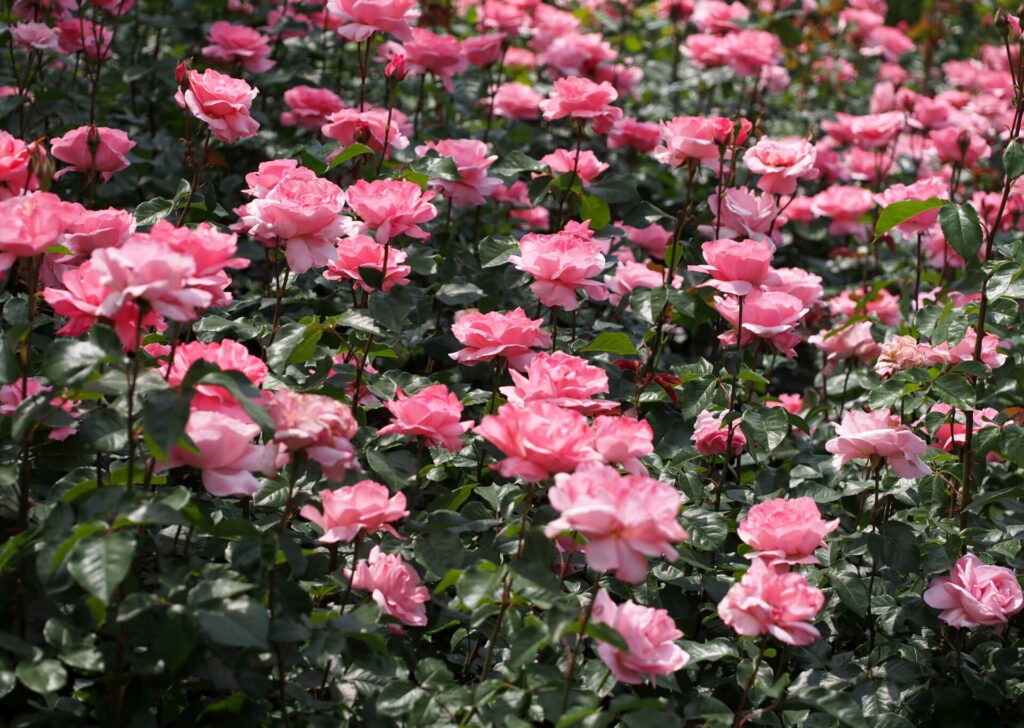Roses are the epitome of beauty and elegance in the garden, and the Queen Elizabeth Rose stands as a regal symbol of grace and charm. With its stunning blooms and rich history, this rose variety is a favorite among gardeners worldwide. In this comprehensive guide, we’ll explore everything you need to know about growing and caring for the Queen Elizabeth Rose, from planting to propagation, and beyond.
Care
Caring for Queen Elizabeth Roses involves providing the right conditions to ensure healthy growth and abundant blooms. Here are some essential care tips to help your roses thrive:
Soil and Sunlight
Queen Elizabeth Roses thrive in well-draining soil with a slightly acidic pH level. Choose a sunny spot in your garden that receives at least six hours of sunlight daily. Ensure good air circulation around the plants to prevent fungal diseases.
Watering and Feeding
Water your Queen Elizabeth Roses deeply and regularly, especially during dry periods. Apply a layer of organic mulch around the base of the plants to retain moisture and suppress weeds. Feed your roses with a balanced fertilizer formulated for flowering plants during the growing season.
Pruning and Deadheading
Regular pruning is essential to maintain the health and shape of your Queen Elizabeth Roses. Prune dead, diseased, or damaged branches to promote new growth and improve air circulation. Deadhead spent blooms to encourage continuous flowering throughout the season.
Types
Queen Elizabeth Roses belong to the Grandiflora rose category, known for their large, exhibition-quality blooms. These roses typically grow as tall, upright bushes, making them ideal for borders, hedges, or as focal points in the garden.
Pruning
Pruning is a crucial aspect of Queen Elizabeth Rose care, as it helps maintain the plant’s shape, vigor, and blooming capacity. Here’s how to prune your Queen Elizabeth Roses effectively:
Annual Pruning
Prune your Queen Elizabeth Roses in late winter or early spring before new growth begins. Remove any dead, damaged, or crossing branches, as well as weak or spindly growth. Aim to create an open, vase-shaped structure that allows sunlight and air to penetrate the plant.
Deadheading
Deadheading spent blooms is essential to encourage continuous flowering and prevent the development of hips. Use sharp pruning shears to cut the spent flowers just above a set of healthy leaves or a leaf node. This will redirect the plant’s energy into producing new blooms.
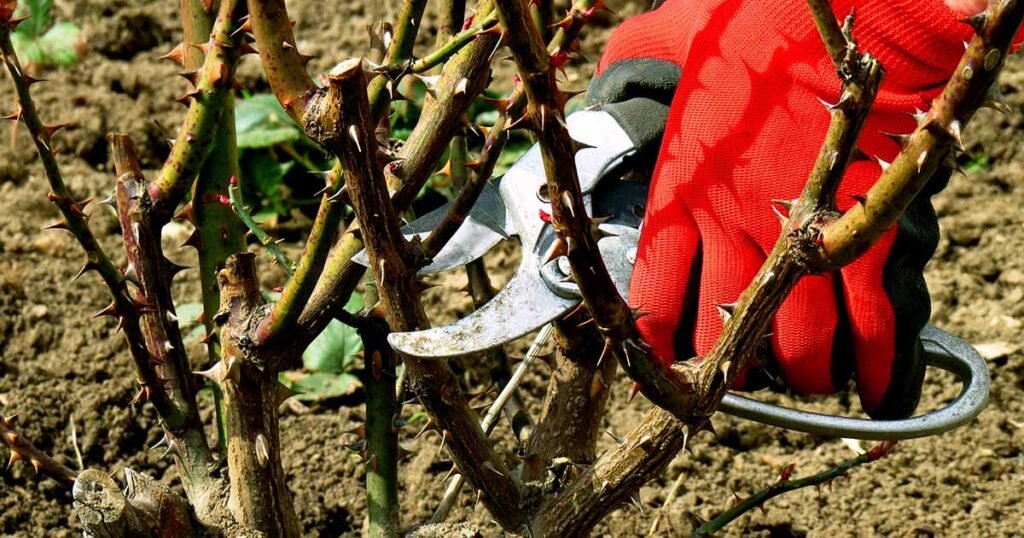
Propagating
Propagating Queen Elizabeth Roses allows you to expand your rose collection or share your favorite varieties with friends and family. Here are two common methods of rose propagation:
Stem Cuttings
Take stem cuttings from healthy, disease-free Roses in early summer when the plant is actively growing. Choose a young, non-flowering stem and cut a 6-8 inch section just below a leaf node. Remove the lower leaves and dip the cut end in rooting hormone before planting in a well-draining potting mix. Keep the cuttings moist and warm until roots develop, then transplant them into individual pots or the garden.
Layering
Layering is another propagation method suitable for Roses. Select a low-growing, flexible stem and gently wound a small section of the stem near the base. Apply rooting hormone to the wounded area and bury it in the soil, leaving the tip exposed. Keep the soil consistently moist until roots form, then separate the new plant from the parent once established.
Growing
Growing Queen Elizabeth Roses in pots is an excellent option for gardeners with limited space or poor soil conditions. Here’s how to grow Roses in containers:
Container Selection
Choose a large container with drainage holes to ensure adequate drainage and root aeration. Select a high-quality potting mix formulated for roses or flowering plants.
Planting and Care
Plant your Queen Elizabeth Rose in the container, ensuring the graft union is just above the soil level. Water the plant thoroughly after planting and place it in a sunny location. Maintain regular watering and fertilize the rose according to the package instructions. Prune as needed to control growth and maintain the desired shape.
Overwintering
Protecting your Queen Elizabeth Roses during the winter months is crucial to ensure their survival and vitality. Follow these tips to overwinter your roses successfully:
Mulching
Apply a thick layer of organic mulch around the base of your Roses to insulate the roots and protect them from temperature fluctuations. Mulching also helps retain soil moisture and suppress weed growth.
Pruning
Prune your Queen Elizabeth Roses lightly in late fall to remove any dead, diseased, or damaged branches. Avoid heavy pruning, as this can stimulate new growth that may be susceptible to frost damage.
Wrapping
In regions with harsh winters, consider wrapping the base of your Queen Elizabeth Roses with burlap or protective fabric to shield them from freezing temperatures and drying winds. Remove the wrapping in early spring once the risk of frost has passed.
Common Pests and Diseases
Despite their resilience, Queen Elizabeth Roses are susceptible to certain pests and diseases that can affect their health and appearance. Here are some common issues to watch out for:
Aphids
Aphids are small, sap-sucking insects that can infest Queen Elizabeth Roses, causing leaf distortion and stunted growth. Use insecticidal soap or neem oil to control aphid populations, and encourage natural predators like ladybugs and lacewings.
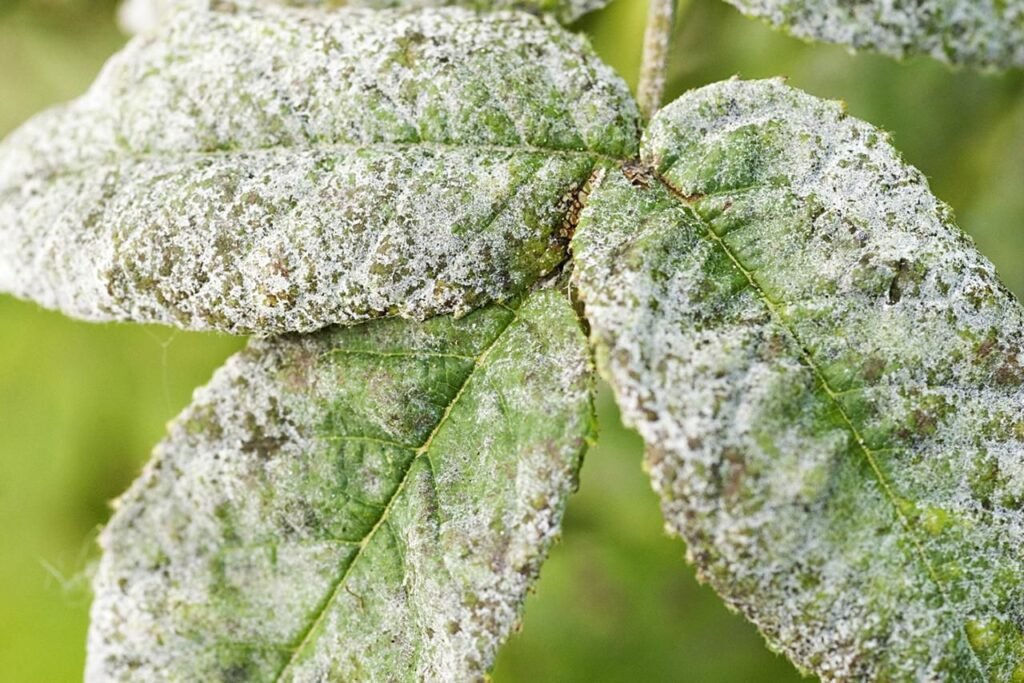
Black Spot
Black spot is a fungal disease that causes black spots to form on the leaves of Queen Elizabeth Roses, eventually leading to defoliation and weakened plants. Remove and dispose of infected leaves promptly, and apply fungicidal spray to prevent further spread.
Bloom Cycle
Queen Elizabeth Roses are known for their prolific blooming, with flowers appearing in clusters throughout the growing season. The bloom cycle typically begins in late spring or early summer, with peak bloom occurring in midsummer. Deadhead spent blooms regularly to encourage continuous flowering until the first frost.
Common Issues
Despite their beauty and resilience, Queen Elizabeth Roses may encounter certain issues that can affect their growth and vitality. Here are some common problems and solutions:
Weak Growth
Weak growth in Queen Elizabeth Roses may be due to poor soil conditions, inadequate sunlight, or insufficient nutrients. Amend the soil with organic matter, ensure proper sunlight exposure, and fertilize the plants regularly to promote healthy growth.
Yellowing Leaves
Yellowing leaves can indicate various issues, including nutrient deficiencies, water stress, or pest infestations. Conduct a soil test to identify any nutrient deficiencies and adjust your fertilization regimen accordingly. Ensure consistent watering and monitor for signs of pests or diseases.
FAQs
How often should I water my Queen Elizabeth Roses?
Water your Queen Elizabeth Roses deeply and regularly, especially during dry periods. Aim to keep the soil consistently moist but not waterlogged.
When is the best time to prune Queen Elizabeth Roses?
Prune your Queen Elizabeth Roses in late winter or early spring before new growth begins. Remove any dead, damaged, or crossing branches to promote healthy growth and flowering.
Can I grow Queen Elizabeth Roses indoors?
A: While Queen Elizabeth Roses prefer outdoor conditions with plenty of sunlight and good air circulation, they can be grown indoors in containers with adequate light and care.
How can I prevent pests and diseases in my Queen Elizabeth Roses?
To prevent pests and diseases, practice good garden hygiene by keeping the area clean and free of debris. Monitor your roses regularly for signs of pests or diseases, and take prompt action to address any issues.
How long do Queen Elizabeth Roses bloom?
Queen Elizabeth Roses typically bloom from late spring to the first frost, with peak flowering occurring in midsummer. Deadhead spent blooms regularly to encourage continuous flowering throughout the season.

